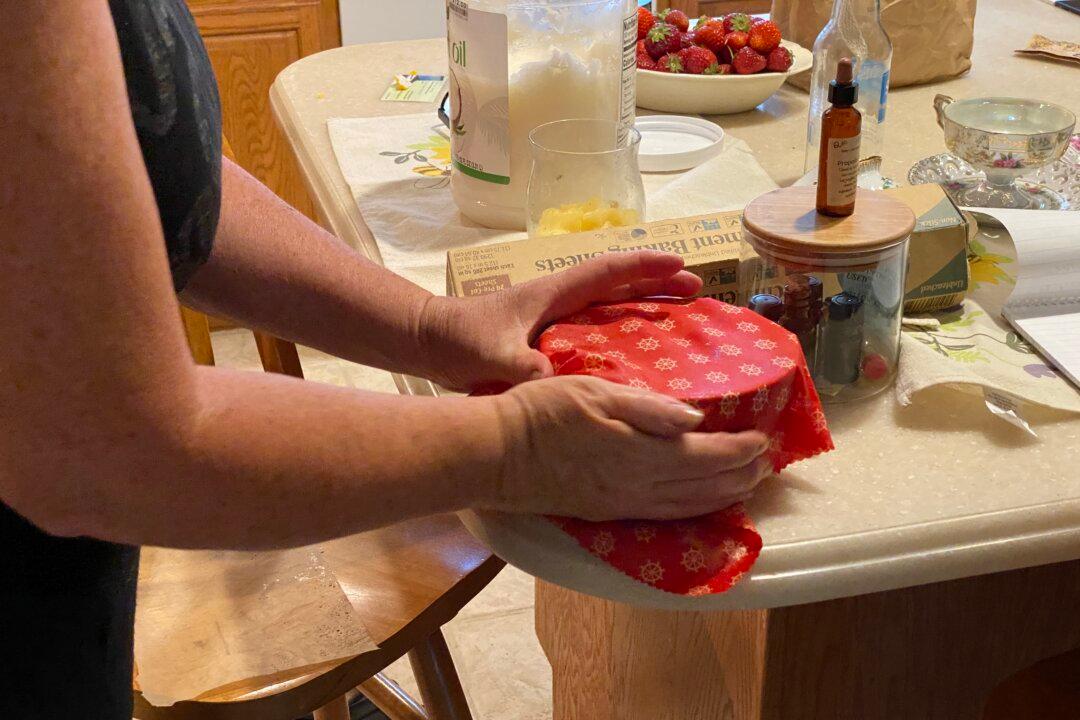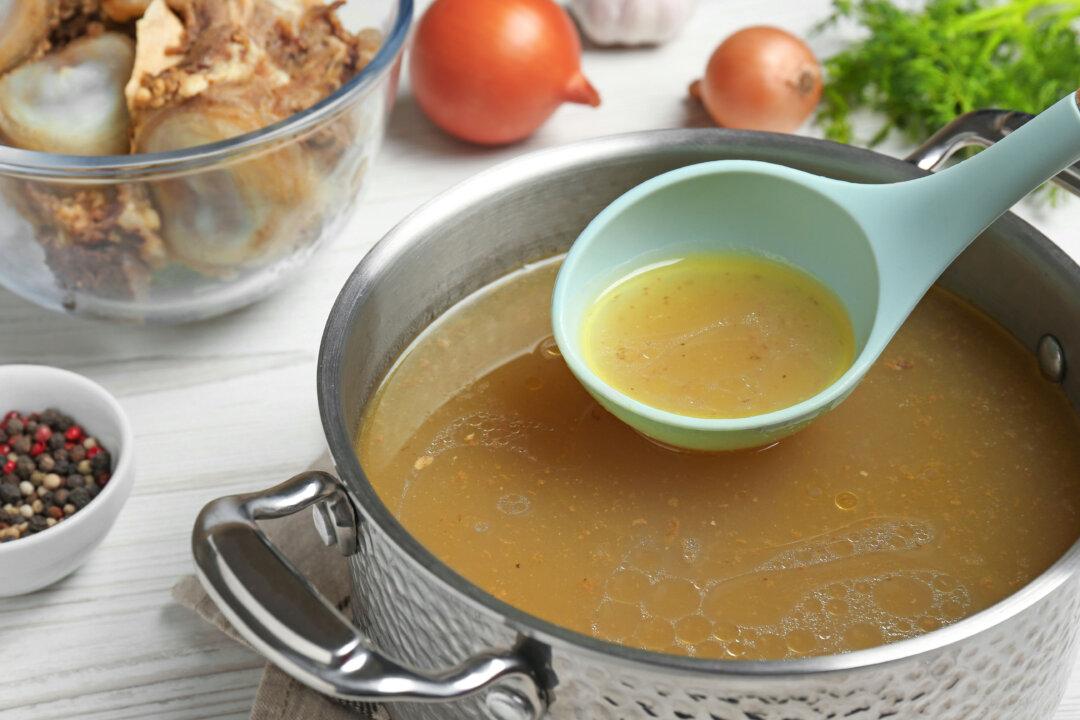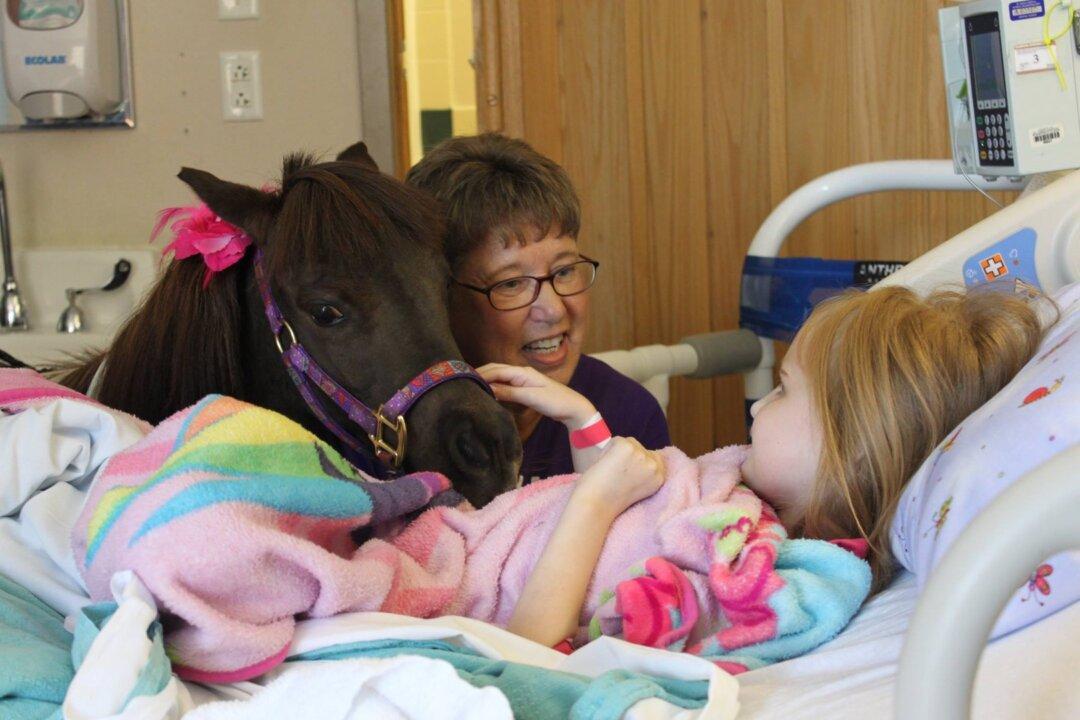Central Illinois Beekeeper Tressa Hoffman has taken from her beehives an ingredient for preserving food in an eco-friendly way, and she’s happy to share what she’s learned with others.
A beekeeper for about eight years on her residential farm called “Honey Creek Farm” near Springfield, Illinois, Hoffman has made beeswax wraps for two years. Beeswax wraps are wax-infused cloths that are moldable and reusable in keeping food preserved and fresh.





